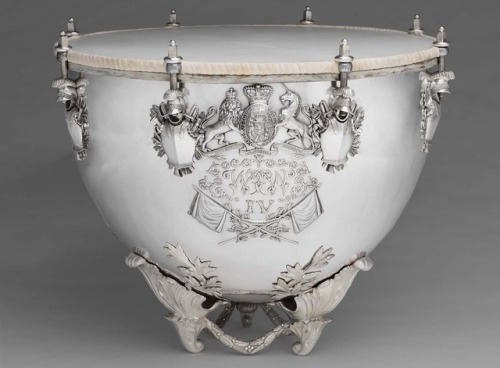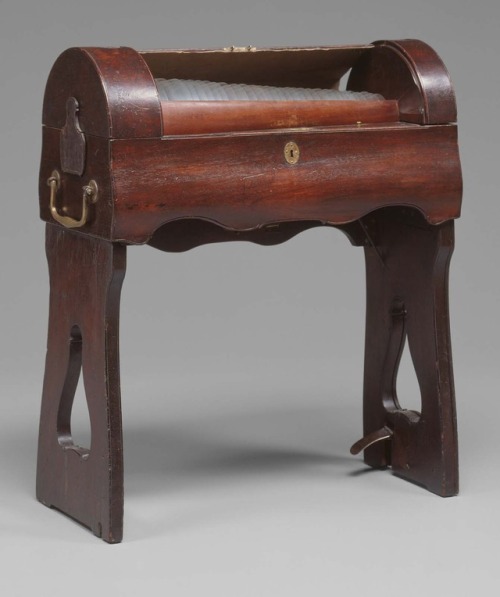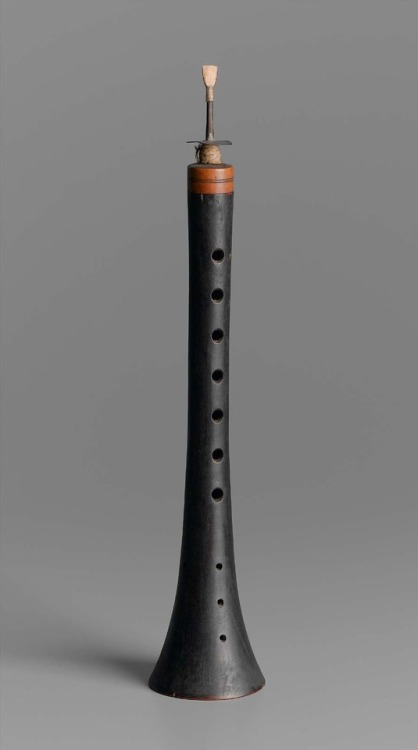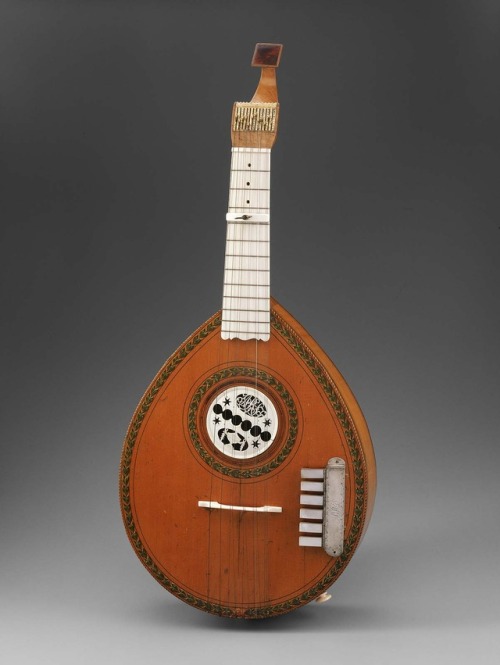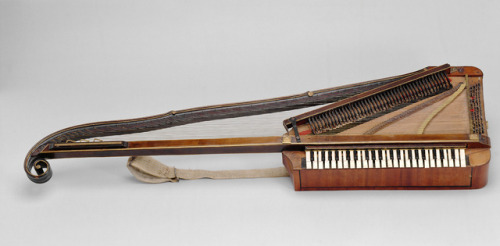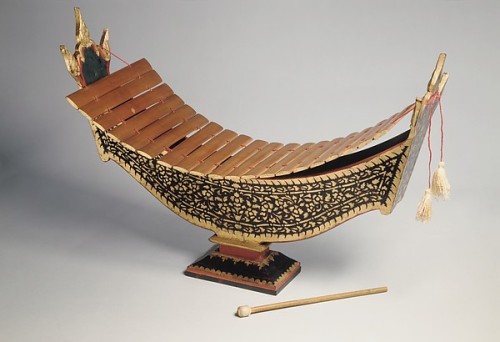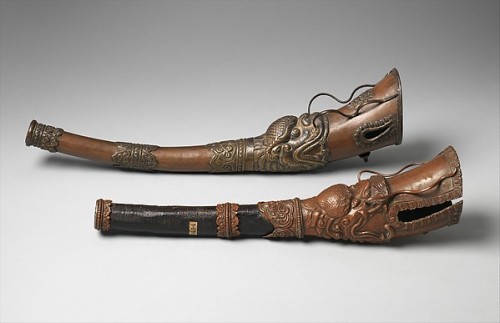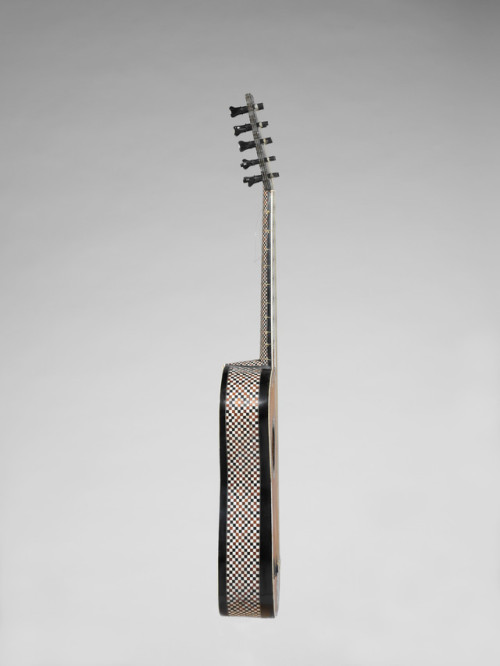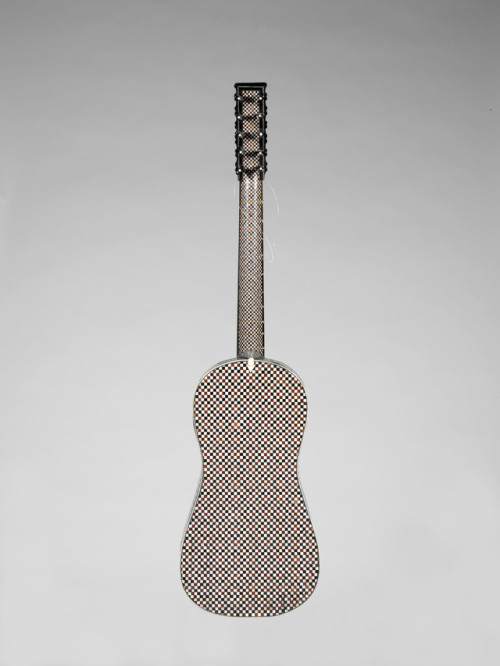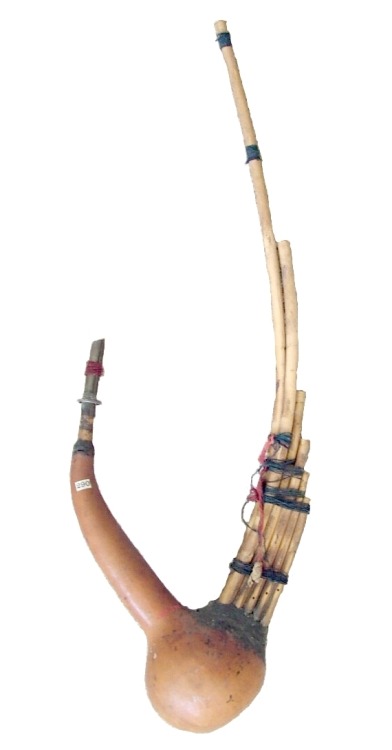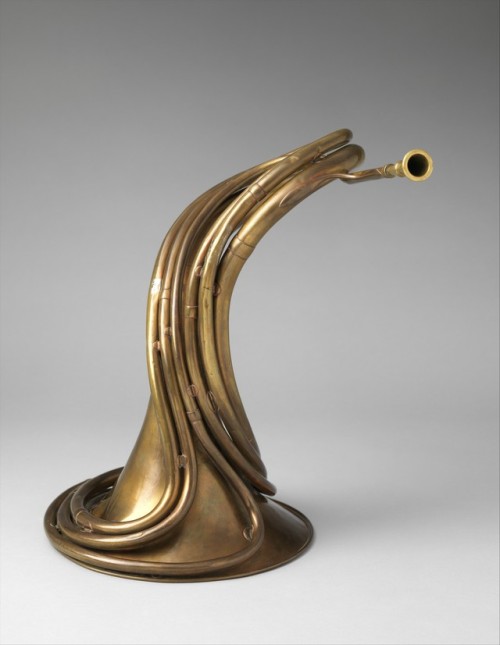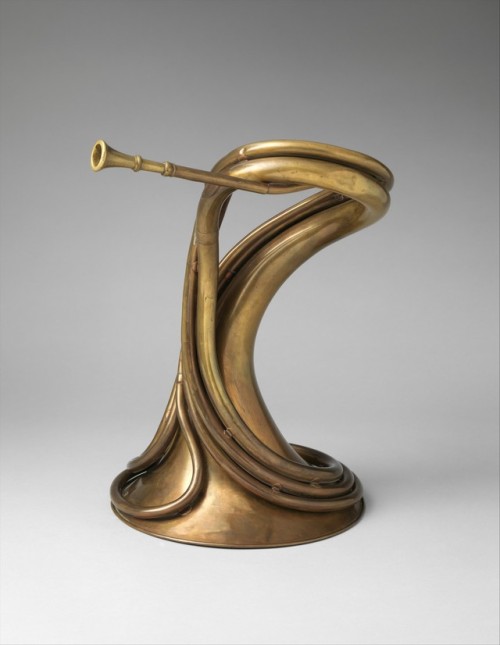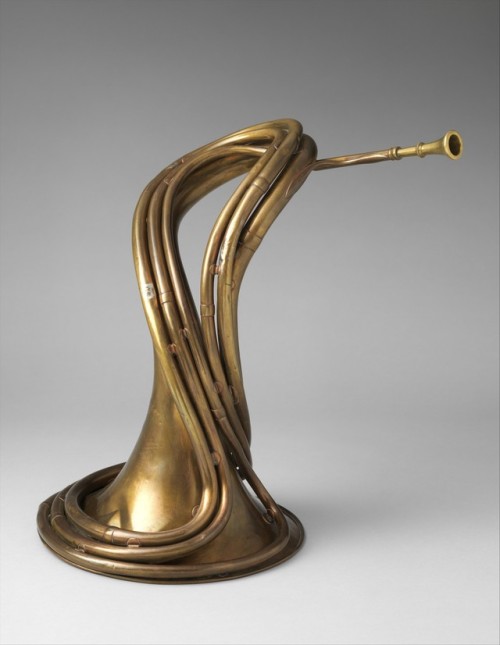#musical instruments

Rock ‘N’ Roll, Baby.

SamKiszka

Bright Lights.

Rock ‘N’ Roll Soul.

Happy Birthday, Clav King.

Preforming with Passion.

Camera, Lights, and Action.

Glitz and Glam.

Stage Boy.

Red Rocker.

Showtime hues.


Santo
Possible Prehistoric Musical Instruments
Music is a great passion of mine so I have wondered for a long time if our earliest prehistoric ancesters in Europe were capable of creating music and how? I’ve done some research on this subject, have also visited several prehistoric instruments stored at an archeological depot and I own several replicas based on archeological finds. Here is a list of possible prehistoric instruments.
Unfortunately we will never know what melodies or rhythms our ancestors played on their musical instruments. We can only try to reproduce these instruments and experience/listen to the sounds that they could have produced. We do know that creating music wasn’t solely an activity practiced by us, Homo Sapiens. In the Divje babe cave, a flute was found made from the left thighbone of a young cave bear and it has been dated to around 60,000 years old. This was before modern humans settled themselves in Europe so this flute must have been created and played by the Neanderthals.
Wind instruments:
-Transverse flutes
-Vertical flutes
-Oblique flutes
-Trumpet-like instruments made from shells or gourds
-Didgeridoo
-Panflute
-Whistles
-Ocarinas
Instruments made with skins
-Handdrum
-Pottery drum
-Frame drum
-Cylinder drum
-Friction drum
Instruments you can shake/rub or struck
-Rattles
-Rasps
-Bells
-Bullroarer
-Click sticks
-Xylophone
-Ung-Klung
Instruments with strings
-Mouth harp
-Resonator bow
-Lute/lyre
-Earth bow
I see a lot of people, especially those interested in old Nordic music such as Danheim/Wardruna etc.. loving the Tagelharpa. The act of using a bow to drag it over strings in order to produce a sound, such as the tagelharpa, is actually quite a recent invention. The bow was invented around the 16th century. Tagelharpas described in the eddas were actually not played with a bow but as a lyre.
I hope this post has given some of you more of an insight in the types of instruments our paleolithic ancestors could have played. Perhaps this serves as inspiration to recreate these instruments and try them out, it’s a lot of fun.
Here are images of:
Neanderthal bone flute 60,000 years old,
A bullroarer,
Possible cone shell instrument found in the Marsoulas cave, France,
A paleolithic woman playing the sea shell instrument art by Gilles Tosello,
Neanderthals preparing for the hunt, one plays the flute, artist currently unknown for now,
Post link
TheBBC Merlin SountrackhadNO RIGHT to go that hard.
Listen to this! 2:10 - 2:41 of ‘Merlin buries lancelot’ has me in literal CHILLS. The grief and loss and magic and love that crescendo conveys is just so extraordinary I have to go and be alone for a while.
Me, ignorant, having only ever heard take me to church; Geez what is up the the hozier fandom???
Me, later, after listening to work song; *instanly transported to old woodland in a time long ago* oh.
This is the Balboa Park Spreckels Organ Pavillion, a giant outdoor concert organ which you see here ; https://www.youtube.com/watch?v=vV0xtS2k3lM
From the photo album of my great uncle Lawrence Krettler’s travels in the US Navy aboard the USS Altair 1923 - 1933 total mileage 85,020
Post link

I was sent some instruments, so I made an unboxing video and played some Zelda
Melophone, ca. 1850-1855
Paris, France
-Materials: Maple, Brass
-Notes: Melophones are mechanically similar to accordions, categorized as a free reed instrument and uses double-bellows. The player pushes and pulls the lever at the bottom, and uses the buttons along the fingerboard for individual and simultaneous notes.
Post link
Fiddle, ca. 1700s
Germany
-Materials: Back/Sides: Maple • Top: Pine
-Length: 62 cm
-Strings: 3 [gut]
Post link
Uilleann pipes, ca. 1850
Michel Egan (England)
-Materials: Leather, ebony, oak, ivory, brass
-Other Notes: A type of bagpipes that use a bellows rather than a mouthpiece.
Post link
Kettle drum, ca. 1830
Jacob Petersen (Hanover, Germany)
-Materials: Silver, vellum
- Weight: 13.8 kg
-Other Notes: Commissioned by William IV of Great Britain.
Post link
Musical Glasses, ca. early 19th century
Unknown (Germany)
-Materials: Mahogany, Glass
-Height: 81 cm
Post link
Zūrnā, ca. 19th century
Unknown (Turkey)
-Materials: Apricot wood
-Length: 29 cm
-Other Notes: Oboe
Post link
Nail Violin, ca. 19th Century
Unknown (Germany)
-Materials: Wood, Iron
-Length: 36 cm
-Range: 33 nails
-Other Notes: “Played with a box” that is missing. Patterned after piano keys, naturals are straight nails and sharps/flats are bent.
Post link
Bass Recorder, ca. late 1800s
attr. Francis William Galpin (England)
-Materials: Body: Walnut • Parts: Brass
-Length: 133.1 cm [without bocal]
-Other Notes: In C
Post link
Keyed cittern, ca. 1798
Longman & Broderip (London, England)
-Materials: Body: Maple/Spruce • Fingerboard/Parts: Ivory • Keys: Mother-of-pearl
-Length: 69.5 cm
-Strings: 12 - 2 single, 2 double, 2 triple courses
-Other Notes: The key actions are inside the body, hammers hitting the strings through holes in the ivory rosette.
Post link
Guitar, ca. 1690
Alexandre Voboam (Paris, France)
-Materials: Unlisted
-Length: 96 cm
-Strings: 20 - 5 double courses each [gut]
-Other Notes: Don’t play me or my son ever again
Post link
Orphica, ca. 1795~1802
Joseph Dohnal (Vienna, Austria)
-Materials: Unlisted
-Length: 121 cm
-Other Notes: Portable harp/piano hybrid.
Post link
Ranat Ek, ca. 1800s
Unlisted (Thailand)
-Materials: Wood
-Length: 54.6 cm
-Other Notes: Xylophone
Post link
Violin, ca. 1749
Wenzel Kowanski (Vienna)
-Materials: Body: Tortoise shell • Parts: Ivory
-Strings: 4 [gut]
-Other Notes: This violin, that likely shouldn’t ethically exist, was crafted purely as a means to show off artistry - not for playing. All parts of the violin and bow, aside from the body, strings, and bowhair, are made from ivory. The purfling is of gold wire.
Source: Kunsthistorisches Museum Wein
Post link
Glasglockenklavier, ca. pre-1596
Anonymous (Austria)
-Materials: Body: Softwoods • Keys: Beech, ebonised Hardwood
-Length: 96 cm
-Range: ~3 octaves
-Other Notes: Found in the estate of Archduke Ferdinand II, whose crest is displayed. Translating to ‘glass bell piano’, the sound was produced by small glass bowls struck by felt-tipped bobbins. None of the glass pieces survive today.
Post link
Guitar, ca. late 1600s
attr. Giacomo Ertel (German-born, cr. Italy)
-Materials: Body/Top: Fruitwood/Spruce • Inlays: Ebony, Ivory, Mother-of-pearl • Rosette: Parchment
-Length: 90.7 cm
-Strings:10 - 5 double courses [gut]
-Other Notes: The rosette is a modern replacement. At one point it was converted to 6 single courses, but since reverted to the original 5 double courses.
Source:NY-MetMA
Post link
Cornet-trompe, ca. 1862
attr. Alphonse Sax (Belgium)
-Materials: Brass
-Length: 33.9 cm
-Other Notes: “This unusually wound hunting horn was designed to be more easily handled than the traditional large and unwieldy hooped horn used in the field to signal to members of the hunting party. Its ergonomic form enables it to be tucked snugly under the arm against the player’s body for safe and convenient carrying.”
Source:Boston-MFA
Post link
Harp, ca. 1734
John Kelly (Ireland)
-Materials: Body: Willow • Parts: Brass
-Height: 167.8 cm
-Strings: 37
Source:Boston-MFA
Post link


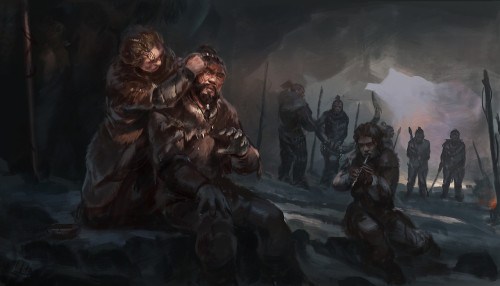
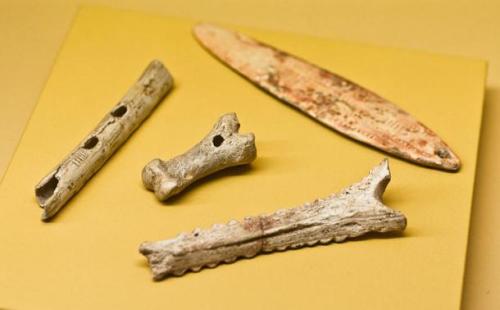

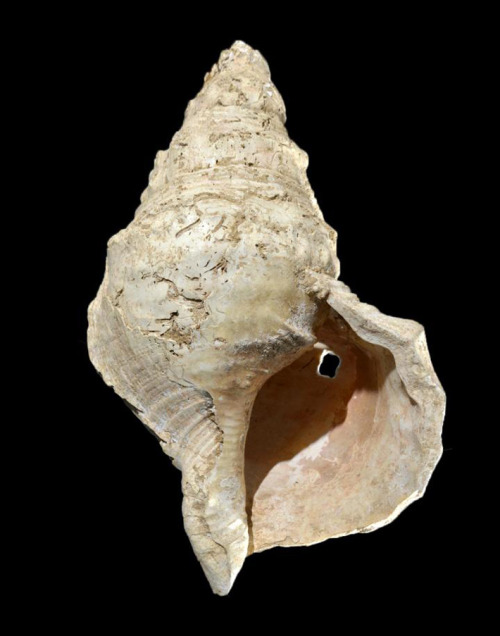
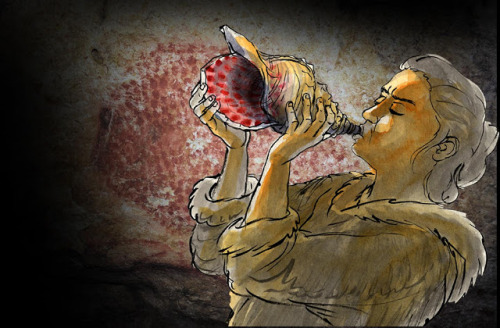

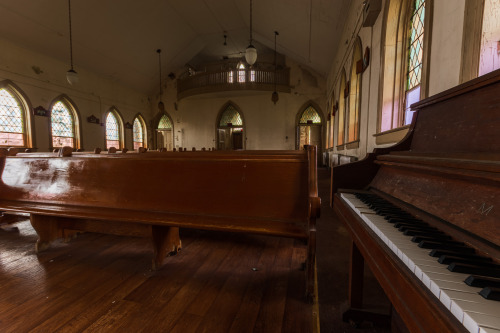
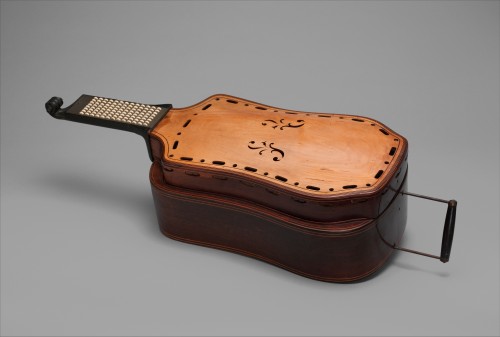

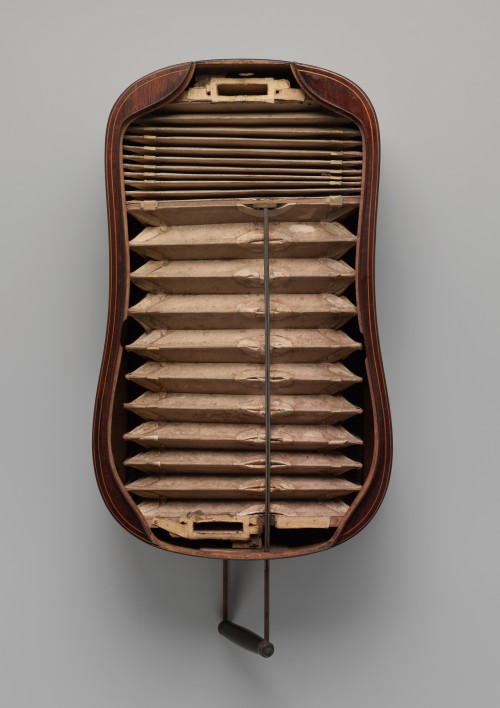

![Fiddle, ca. 1700sGermany- Materials: Back/Sides: Maple • Top: Pine- Length: 62 cm- Strings: 3 [gut] Fiddle, ca. 1700sGermany- Materials: Back/Sides: Maple • Top: Pine- Length: 62 cm- Strings: 3 [gut]](https://64.media.tumblr.com/a20ed87267504df19dd82439311ffd8b/bcd4d60aa28ab05b-31/s500x750/f60449b238130d885d9d9bb75fc97ce870233d2a.jpg)

